The ONLY reason to change your ISO in Photography
Of the three main camera settings (shutter speed, aperture, ISO), ISO in photography the one most shrouded in a fog of pseudo-understanding. Many landscape photographers believe that ISO setting is something you change just because it gets dark outside or because you are stopping down your aperture. While these things might be tangentially related, they’re both cases of correlation, not causation. Nay, nine times out of 10, your ISO in photography should be planted firmly at its lowest.
And the ONLY reason* you should ever change it is this: because you are targeting a specific shutter speed for your photo. Let me walk you through some scenarios to explain what I mean:
Static Landscape Photography
Now, what do I mean by that? For static landscape photography which does not include any moving elements, like a majestic scene with a mountain. Because there’s nothing moving in the scene, the shutter speed in your exposure becomes irrelevant. You can put your ISO at 100, your aperture at whatever you need to get good depth of field, and your shutter speed at whatever gives you an ideal camera exposure. You’re not trying to capture any motion here, so it really doesn’t matter if your shutter speed is 1/10 second, 1 second, or 100 seconds. As long as you pick a shutter speed to give you a good exposure, the outcome is going to be the same. However, I do have to point out that older camera may introduce more noise with super long shutter speeds.
Landscape Photos with Motion
But as soon as landscape photographers encounter motion in their frame, shutter speed becomes an important artistic consideration. And true, to a large extent you can control your shutter speed by manipulating your aperture, but what happens when you can’t? For example, say you’re shooting a field of flowers. There’s a breeze blowing so you know you need to target a relatively fast shutter speed. The problem is, you’ve chosen an in-your-face composition and you need f/16 to get the full depth of field for the scene. At ISO 100 the resulting shutter speed is slow enough that each flower becomes a halo of motion blur. If you open up your aperture to get a quicker shutter then you will lose focus on your foreground flowers. So your only option is to increase your ISO. Which allows you to make a good exposure at a faster shutter speed.
How about another example, the classic case of changing ISO: shooting the Milky Way. Ask a random photographer why you need to change your ISO setting to shoot the Milky Way and that person is likely to say, “because it’s dark out, duh.” Which, while it may be true that it is dark at night, this is absolutely not the specific reason you should change your ISO. After all, even in the dark I can set my camera up at ISO 100, f/8, take an 8-hour exposure, and have that photo come out perfectly exposed. The reason you should change your ISO is because you’re targeting a specific shutter speed. The Milky Way is moving (at least, relative to us) which means, if you want to freeze it in place in your photo, you must use a shutter speed that will do just that. Otherwise it will turn out as a bunch of streaky stars.
Skipping over all the Rule of 500 stuff for shooting stars, let’s just say you need a shutter speed of 30 seconds for your shot in order to freeze the Milky Way in place. If you’re at ISO 100, even if you open up your aperture as wide as it can get, maybe f/2.8, you are likely to need a shutter speed of at least 30 minutes to get an acceptable exposure. Obviously, over that much time your Milky Way is going to look more like Milky Stripes. Since you can’t open your aperture any further, you must change your ISO in photography to achieve your desired shutter speed. By bumping your ISO up six stops to 6400, you can now decrease your shutter speed by those same six stops: 30 min > 15 min > 8 min > 4 min > 2 min > 1 min > 30 sec.
At the end of the day, the rule to change your ISO in photography is straightforward (at least for landscape photographers): leave your ISO setting at its lowest and only change it when you are targeting a specific shutter speed for your photo when you can’t change your aperture.
What do you think? Are there other times when landscape photographers should change their ISO, or does this simple rule cover all the bases? Let me know what you think in the comments!
*Author’s note: Ok, I suppose there are artistic reasons for landscape photographers to change ISO in photography. For example if you want to introduce grain to your image. But, even in this case I believe it’s preferable to use a lower ISO for better image quality and then add the grain in post to your taste.

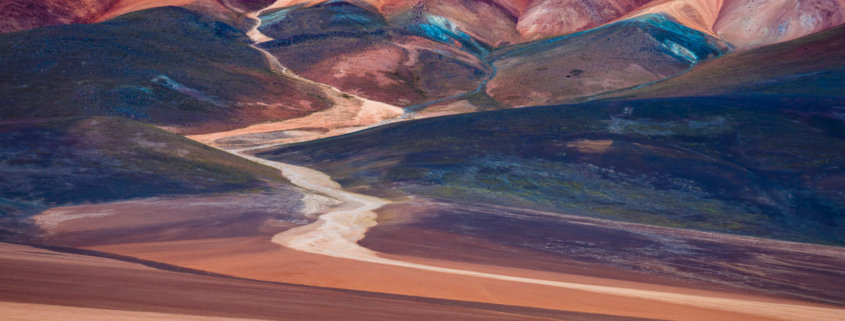


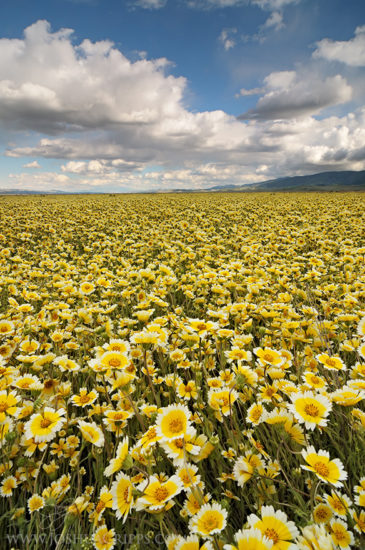
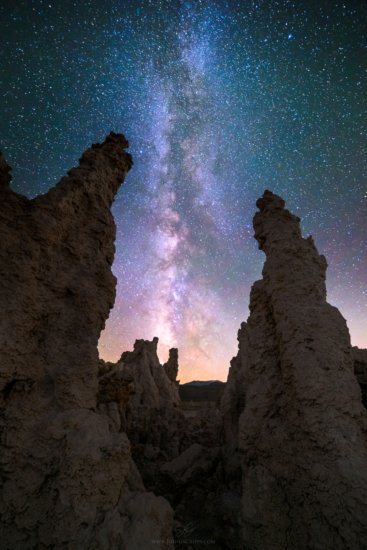



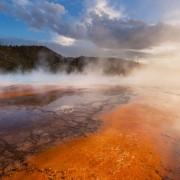
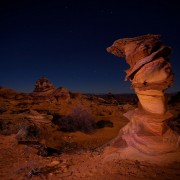



I love to read advice from someone who knows how to “cut to the chase.” Instead of complex charts showing all of the dynamics of ISO/Shutter Speed/Aperture, Joshua has presented a logical yet concise rule that is easy to remember and follow. Well done…
My problem is that I don’t always have a tripod with me, and when I want to capture a lower light sunset, for example, ISO needs to go up for handheld shooting to keep shutter speed fast enough.
From a novice to a pro…where does one begin selecting equipment to do great scenic photos? Signed, iso? (Impressive student)
Hi Barbara,
Almost any SLR or mirrorless camera these days will produce sensational images. The main things you need to look for are the ability to change lenses, as well as adjust shutter speed, aperture, ISO, WB, and to shoot raw files. That’s all you need to create amazing photos; everything else is bells and whistles.
Take care,
Josh
Generally a camera with a “full frame sensor” is going to perform slightly better in low light / night photography simply because there are more sensing points to collect what little light there is, but the “cropped sensor” cameras today do an excellent job even in low light. So unless you plan to shoot mostly indoor, low light situations like weddings, or mostly night photography, then it is probably not worth the extra cost and extra size and weight associated with a full frame camera.
Great article Josh. I generally shoot Manual mode with Auto ISO for the majority of the time on my Nikon d810. I’ll ride the shutter or aperture as needed to get the look I want at the lowest possible ISO setting the camera gives me as I’m panning my shots but it’s mainly when shooting sports, wildlife or any moving subjects when i don’t have time to adjust the ISO as quickly ( ie: birds in flight, etc ) Otherwise for static subjects I always try to keep it at the base ISO 64 if I can without Auto ISO adjusting shutter and aperture as needed.
Yup! As a landscape guy I never ever use Auto ISO but for high speed stuff it definitely comes in handy when you need to preserve your other settings.
Cheers,
Josh
I recently visited a spot that was only accessible by boat and there was significant surface motion, though my subject was static. A high ISO was my only option. The same applies to aerial landscape work. The beauty of the latest generation of full frame cameras like the Nikon D810 is that I have the option of shooting at ISO 800 or even 1600. I still remember Kodachrome 25 and Fuji Velvia 50. But you are right. Those are exceptions, not the norm.
And soon we’ll have clean images at night at 3200 ISO! It’s an awesome time to be a photographer.
I really like your understated bio. ;-)
Yes that had me giggling too
I find it’s important to stay humble in these times of self-aggrandizement. :)
Lovely shot of Aoraki Mt Cook in New Zealand, sunset I guess. There’s a classic place where you have to be ready. We arrived late afternoon, got a gorgeous shot of the mountain against a clear blue sky – next day, totally clouded in. I did get a lovely sunrise shot of the ridge to the west.
Sunset is correct! And dang, you are spot on about how quick the weather changes there. Got stuck in Mueller Hut for three days once because of that. :)
Great article Joshua! I photograph a lot of waterfalls here in New Hampshire and use ISO to manage my shutter speed to create different moods in my photos. I don’t always want a completely blurred look to the water, especially when it comes to conveying the power of the water. Since I want an aperture that will give me plenty of DoF, the only other option for speeding up the shutter is to bump the ISO.
Thanks, Jeff! Well said; photographing waterfalls is a perfect example of putting this to practice.